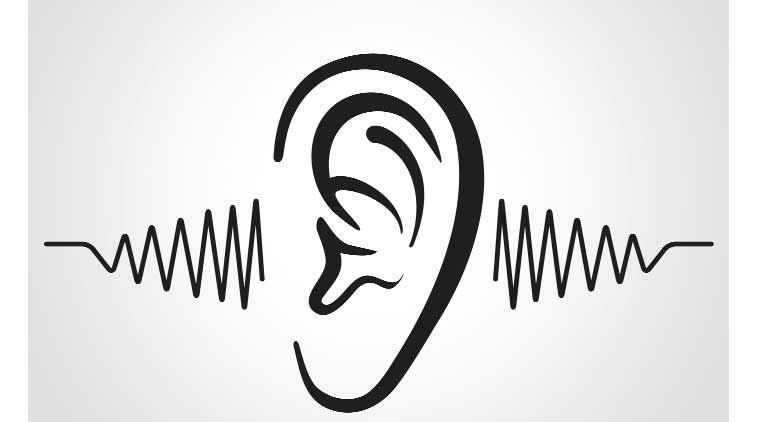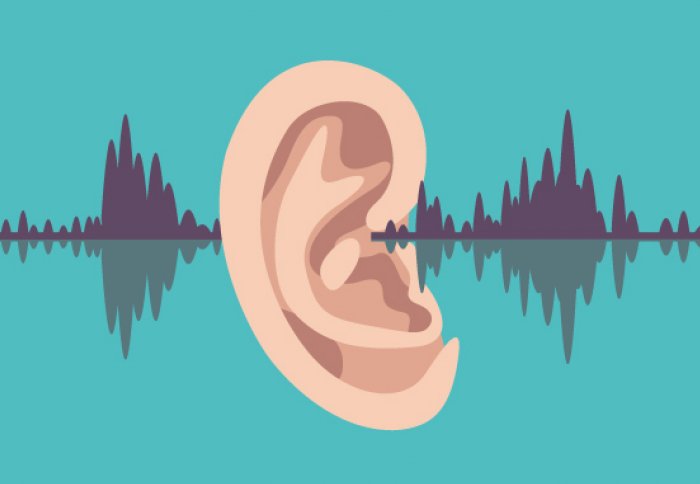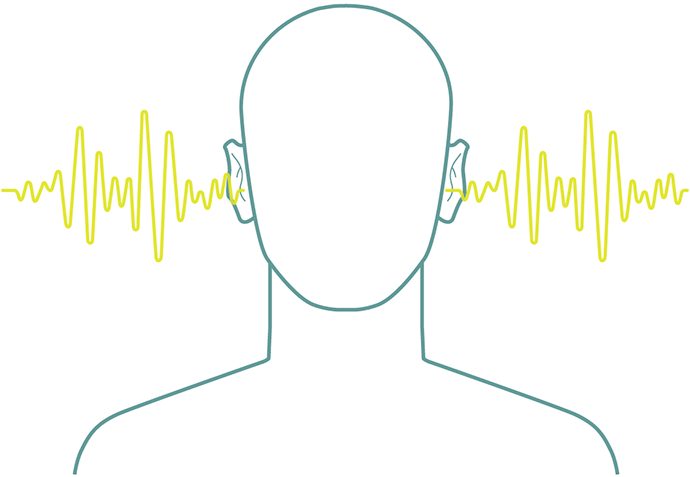Words that sound like other words are known as homophones. Homophones are words that have different meanings and spellings but are pronounced the same way. They can often lead to confusion in writing and speaking.
For example, “flower” and “flour” are homophones. “Flower” refers to a bloom or blossom of a plant, while “flour” is a powdery substance used in baking. Due to their identical pronunciation, it’s important to use the correct word in the right context to avoid misunderstandings.
Homophones can be challenging in written communication, so it’s crucial to pay attention to their spelling and usage to convey the intended meaning accurately.
What Are Homophones? Expanded

Homophones are a fascinating aspect of the English language. They are words that share the same pronunciation but have different meanings and, often, different spellings. The beauty of homophones lies in the auditory similarity they possess, creating opportunities for wordplay, puns, and, at times, confusion. These words sound identical or very similar when spoken, making them a unique linguistic phenomenon.
Characteristics of Homophones
Different Spellings
Homophones frequently have distinct spellings, which can lead to confusion in written communication. For example, “bare” and “bear” are homophones, but one refers to being uncovered, while the other signifies the large mammal.
Varied Parts of Speech
Homophones can belong to different parts of speech, such as nouns, verbs, adjectives, and more. For instance, “flower” is a noun, and “flour” is a noun, but they refer to different things – a bloom and a finely ground wheat product, respectively.
Unrelated Meanings
Despite their similar pronunciation, homophones have entirely unrelated meanings. “Pair” and “pear” sound the same, but one refers to two of something, and the other to a type of fruit.
Abundance of Examples
English offers a wealth of examples of homophones, making them a common linguistic phenomenon. They can be found in everyday vocabulary, creating opportunities for both playful language use and unintentional errors.
How Homophones Can Lead to Confusion in Writing and Speaking
Homophones can significantly impact both written and spoken communication due to their shared pronunciation but distinct meanings. Their potential to cause confusion is evident in various ways
Written Confusion: Homophones often have different spellings, and using the wrong one in written communication can lead to misunderstandings. For example, confusing “there” with “their” or “it’s” with “its” can alter the intended message.
Spelling Errors: People may make spelling errors when they mistake one homophone for another, as in the case of “bare” instead of “bear.” This not only affects the clarity of the text but also its professionalism.
Ambiguity: Homophones can introduce ambiguity into writing. For instance, a sentence like “I saw the sea” can be misinterpreted as “I saw the see” if not used correctly.
Phonetic Missteps: In spoken language, using the wrong homophone can lead to phonetic missteps, where a word is pronounced correctly but chosen incorrectly. This can hinder effective oral communication.
Real-life Examples of Homophones Causing Misunderstandings
Email Mishap: A professional email meant to state, “I have attached the report,” became confusing when the sender wrote, “I have attacked the report.” The misuse of “attached” instead of “attacked” led to an unintended and comical message.
Restaurant Menu: A restaurant menu advertising “Cannelloni with a nice wine sauce” raised eyebrows when diners read it as “Cannelloni with a nice whine sauce.” The wrong homophone choice altered the perception of the dish.
Legal Document: In a legal contract, the use of “principal” instead of “principle” changed the meaning significantly, potentially impacting the terms of the agreement.
Social Media Blunders: On social media, a post meant to express “I’m too tired” became “I’m to tired,” leading to comments about the individual’s destination instead of their fatigue.
Public Signs: Public signs with homophone errors, such as “Please bare with us during construction,” instead of “Please bear with us during construction,” can confuse and amuse passersby.
What Are Some Common Homophones?
List of Common Homophones And Brief Explanations
“Their,” “There,” and “They’re”:
- “Their” denotes possession (e.g., “It’s their car.”).
- “There” indicates a place (e.g., “The book is over there.”).
- “They’re” is a contraction for “they are” (e.g., “They’re coming over later.”).
“To,” “Too,” and “Two”:
- “To” is a preposition (e.g., “I’m going to the store.”).
- “Too” means also or very (e.g., “I want ice cream too.”).
- “Two” is the number 2 (e.g., “They have two cats.”).
“Your” and “You’re”:
- “Your” is a possessive pronoun (e.g., “Is this your book?”).
- “You’re” is a contraction for “you are” (e.g., “You’re going to the party.”).
“Its” and “It’s”:
- “Its” is a possessive pronoun (e.g., “The dog wagged its tail.”).
- “It’s” is a contraction for “it is” or “it has” (e.g., “It’s a beautiful day.” or “It’s been a long journey.”).
“Two” and “Too”:
- “Two” is the number 2 (e.g., “They bought two tickets.”).
- “Too” means also or very (e.g., “I’m too tired to go out.”).
“Here” and “Hear”:
- “Here” relates to a location (e.g., “Come here.”).
- “Hear” means to perceive sounds (e.g., “I can hear the music.”).
“Flower” and “Flour”:
- “Flower” refers to the beautiful part of a plant (e.g., “She picked a flower.”).
- “Flour” is a powdery ingredient used in baking (e.g., “Mix the flour and water to make dough.”).
“Affect” and “Effect”:
- “Affect” is a verb, often related to influence (e.g., “The weather can affect your mood.”).
- “Effect” is a noun, representing a result or outcome (e.g., “The new law had a positive effect on the economy.”).
“Bear” and “Bare”:
- “Bear” can refer to the animal or mean to endure (e.g., “I saw a bear in the forest.” or “She can’t bear the pain.”).
- “Bare” means uncovered or naked (e.g., “The tree is bare in winter.”).
“Break” and “Brake”:
- “Break” is a verb meaning to shatter or pause (e.g., “Don’t break the glass.”).
- “Brake” is a noun related to a vehicle’s stopping mechanism (e.g., “Press the brake to stop the car.”).
Why Homophones Matter

The Importance of Clear and Precise Communication
Homophones matter significantly because they underscore the importance of clear and precise communication.
Using the correct homophone in speech and writing ensures that the intended message is accurately conveyed.
Without this precision, misunderstandings, misinterpretations, and even humor (sometimes unintentional) can arise.
Whether in professional, academic, or everyday contexts, clarity in communication is essential for effective interaction, avoiding confusion, and ensuring that ideas and information are shared accurately and efficiently.
The Role of Homophones in Language Diversity
Homophones also play a role in language diversity. Different languages have their own sets of homophones, and their existence reflects the unique phonetic and semantic characteristics of each language.
When learning a new language, understanding its homophones can be a challenging yet enlightening experience, as it provides insights into the language’s intricacies.
Additionally, homophones can be a source of humor, wordplay, and cultural references, enriching the linguistic diversity of the world’s languages.
The presence of homophones highlights the nuanced and fascinating aspects of language diversity, making them an essential part of linguistic exploration.
FAQ
When words sound like another word?
Words sound like another word when they are homophones. Homophones are words that have the same or similar pronunciation but different meanings and often different spellings.
What is the homophone of seen?
The homophone of “seen” is “scene.”
Is fly a homophone?
Yes, “fly” is a homophone. It can refer to the insect that flies or to the action of flying.
What is a homophone for stares?
A homophone for “stares” is “stairs.”
What is the homophone for full?
The homophone for “full” is “fool.”
What is a homophone for loan?
A homophone for “loan” is “lone.”
What is the homophones of pain?
The homophones of “pain” are “pane” and “paine.”
What is homophone of weight?
The homophone of “weight” is “wait.”
What is a homophone for raise?
A homophone for “raise” is “rays.”
What is a homophone for rain?
A homophone for “rain” is “reign.”
Final words
In conclusion, words that sound like other words, known as homophones, bring both challenges and intrigue to our language. They remind us of the need for precision in communication, whether in writing or speaking, to avoid misunderstandings. Homophones also reflect the rich diversity of languages around the world, as each language has its own unique set of these sound-alike words.
Understanding homophones is not only vital for clear and effective communication but also adds a layer of fascination to the way we use and explore language. So, the next time you encounter homophones, remember their impact on our words and conversations, and the unique role they play in our linguistic world.











